Paediatric elbow injuries.
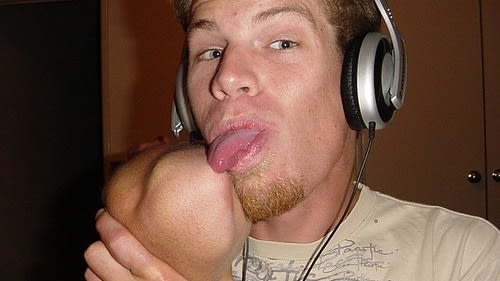

The sensory component of the median nerve covers the palmar surface of the thumb and radial 2 and 1/2 fingers. It extends on the dorsal surface of the index and middle fingers to about the level of the proximal interphalangeal joint.
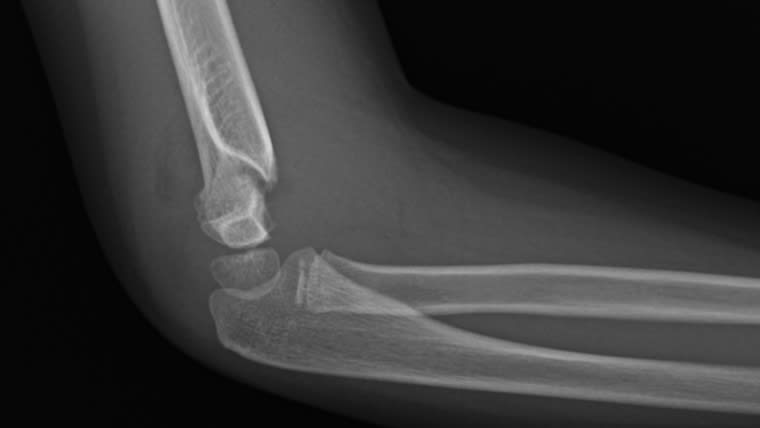
Technically the posterior fat pad sign means the patient has a joint effusion. In this case the fluid will be blood from an intra articular fracture and with this age group and mechanism you need to exclude a supracondylar fracture---which he has.

However 100% of people can lick someone else's elbow.
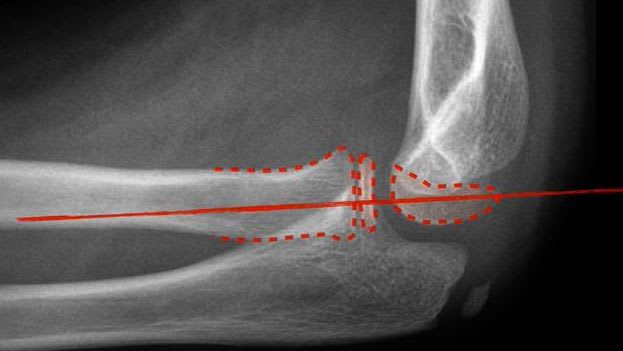
The radiocapitellar line is best described as going along the axis of the radial neck and intersects the middle of the capitellum. In this case the radial head is dislocated.
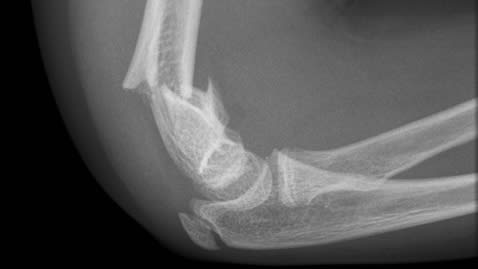
This flexion type supracondylar fracture only occurs in about 5% of supracondylar fractures.

The dislocation is described from where the distal bone (s) is in relation to the proximal bone. So it is therefore a posterior dislocation of the elbow because the radius and ulnar are posterior to the humerus.
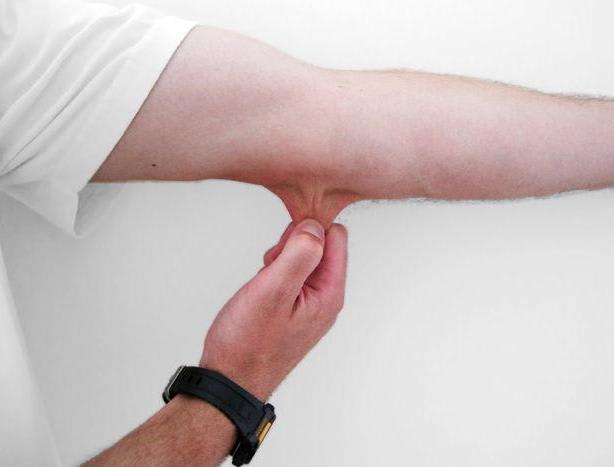
Known variably as Wenis, Wenus, Weenus.

Thanks to Dr Mana Ittimani. Capitellum (Comrades), Radial head (Remember), Medial epicondyle (My), Trochlea (Thoughts), Olecranon (On), Lateral epicondyle (Love). Always thought it was much more cute than CRITOE.
Dates of closure are approximately in years---1,3,5,7,9,11.

In this lateral view of the elbow the anterior humeral line goes through the anterior third of the capitellum rather than the middle third where it is meant to go. This means the humerus has been pushed posteriorly due to a supracondylar fracture which you can hardly see.
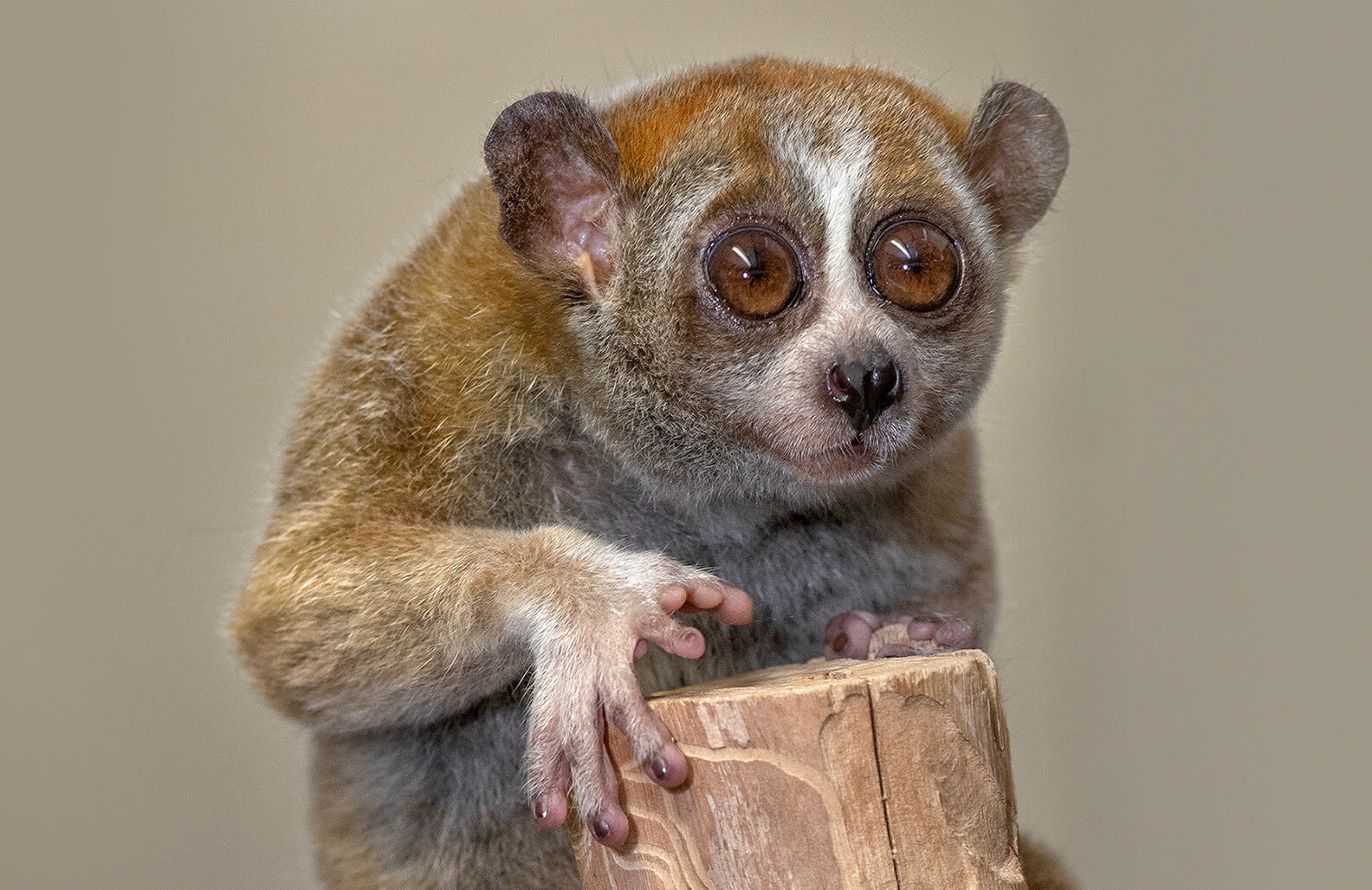
It has venom in pads on its elbows which it licks adding it to its saliva. Then it has sharp grooved canines that the venom drips down if it bites you. Charming.